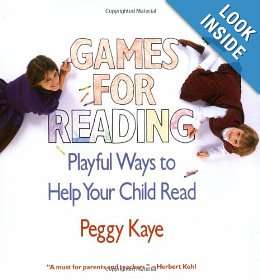Written by Jenna
http://www.yarnsoftheheart.com/
I am a big fan of interest-led learning. We found that motivation was rarely a problem because our three kids (all now graduated) were always exploring what interested them.
You can do it too.
For example, if your child loves trains, let him spend time learning all there is to know about trains. As a result, there will be a lot of reading, history, social studies, science and math to conquer, but it won’t feel like school!
What about learning things that don’t connect to a child’s interests?
It’s tempting to say, “Sit down, be quiet, listen and learn,” but if you have a reluctant learner, you know thems fightin’ words!
Here are a few ways to move your child from resistant to motivated.
1. Control your temper.
Kids tend to mirror our emotions. Plus, you’re more likely to say things you don’t mean and damage your relationship.
2. Go on a field trip.
Getting out will be good for everyone.
Your child may have no interest in the Lincoln/Douglas Debates, but we have a great little hands-on museum here in my hometown. I’m sure you have similar things near you.
Check out your local home school group, chamber of commerce, or do an internet search for historic places and museums near you.
Being out of the house and in an interesting place will stimulate their minds and create an understanding of things they might not choose on their own, and it just might spark a new interest.
3. Play games.
There is nothing better for learning boring things than making a game out of it.
Yes, I admit, some learning can be boring. Games work especially well for struggling readers who need to learn and practice phonics rules.
Here’s a game I made to practice the long vowel/silent e rule (or Bossy E), but it works for any set of words. All you need is a game of checkers and round stickers that are often used for yard sales. These stickers are great because they peel off easily when you want to change the words.
It’s played just like checkers except you have to say the word before you move your piece. If you child says it wrong, remind him of the rule, ask him to look again, (“Do you see a Bossy E?”).
Pair my Bossy E checkers game with the following chart of long and short vowels and you have a real winner! Let your child refer to the chart when he’s trying to decide how to pronounce the word.
Getting those pictures in his head will help him remember the vowel sounds. You can download the chart from Teachers Pay Teachers and print it at home.
When I was teaching my children (before the internet!) I relied on this book for ideas:
Don’t forget simple games like Concentration.
Get a bunch of index cards and a list of target words. Write one word on each card, but make pairs. So 12 words will yield 24 cards. Turn them face down on the table and try to make a match by turning over two cards.
If you make a match, keep the cards and go again. If you don’t make a match, turn them over and it’s the next person’s turn. When all the cards are gone, the one with the most cards wins. Kids love this game and often have better memories than the adult!
I just started a Pinterest board of my favorite reading teacher ideas.
The key to motivating your children is to keep things positive and to build on their interests.
Games and field trips are my favorite tactics. What are yours?
– See more at: http://simplehomeschool.net/reluctant-learners/#sthash.xp9pivKH.dpuf





